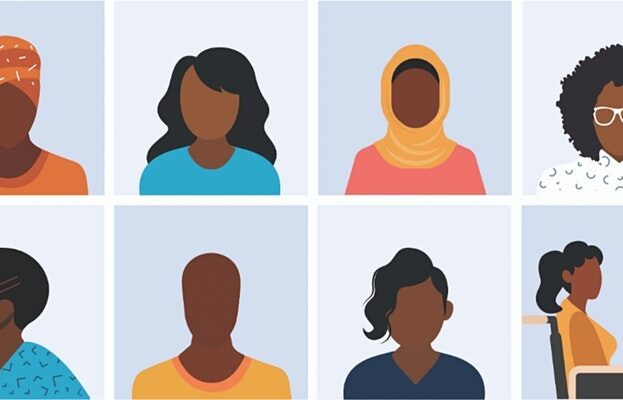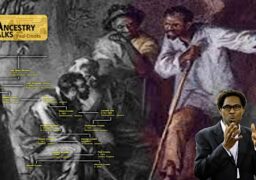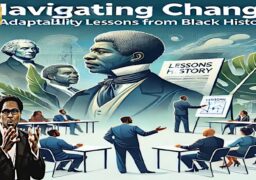
We all deserve to have our voices heard; our faces and experiences reflected in the culture and media and our unique needs addressed through relevant policies. However, when we fail to incorporate intersectionality into our everyday practices and policies we leave parts of our communities behind.
Intersectionality describes how different elements of a person’s identity can be discriminated against, with negative outcomes.
It’s been 30 years since Kimberlé Crenshaw coined the term ‘intersectionality’, which recognises that certain individuals face multiple and intersecting forms of structural discrimination, and how discrimination against different facets of a person’s identity can overlap and impact their lives.
In many workplaces, the term intersectionality is becoming more popular in discussions of diversity and inclusion. But many employers aren’t sure what it means, or why it matters in their workplace.
What is intersectionality?
In a nutshell, intersectionality is the idea that people have more than one identity. And those identities are inherently combined.
Understanding intersectionality in the workplace is crucial to any kind of inclusion program . To support all of your employees effectively, your inclusion efforts need to be intersectional.
Many HR approaches to building equality tend to focus on one type of discrimination at a time. But people themselves aren’t one-dimensional.
So, what happens if a company does not prioritise intersectionality in its inclusion efforts?
It risks building an inclusion program that is actually counterproductive. The bottom line is that your workplace inclusion efforts will not be successful and could even be harmful if you do not take intersectionality into account.
So how can you build an intersectional approach into your workplace inclusion program?
Without an intersectional lens, our efforts to tackle inequalities and injustice towards women are likely to end up perpetuating systems of inequalities. Feminist writer Zoe Samudzi reminds us that “intersectionality is such a vital framework for understanding systems of power, because ‘woman’ is not a catchall category that alone defines all our relationships to power”.
We have been very conscious to ensure the goals of the Charter continue to fully represent the inequalities of all women. As a result of this we have pondered the idea of an additional 8th goal that would focus exclusively in this area and incorporate the protected characteristics identified by law. Ultimately, trying to ensure that the charter goals are seen through the lens of intersectionality.
We recognise that it is the voices of the most marginalised that are often silenced. It is therefore critical that the work of the Charter considers issues of intersectionality. This includes a range of diverse women, their needs, and priorities to inform our work.
It is important the charter supports the progression towards a gender balanced workplace for everyone who identifies as a woman. This explicitly includes women who are also classified from one of the protected characteristics. We do not feel the Charter should include an additional goal that incorporates the diversity of women who work within businesses. This only adds to the segregation and ‘othering’ of those women.







